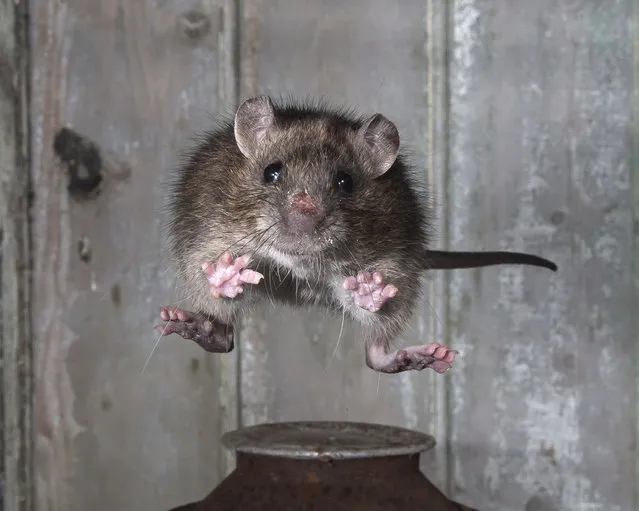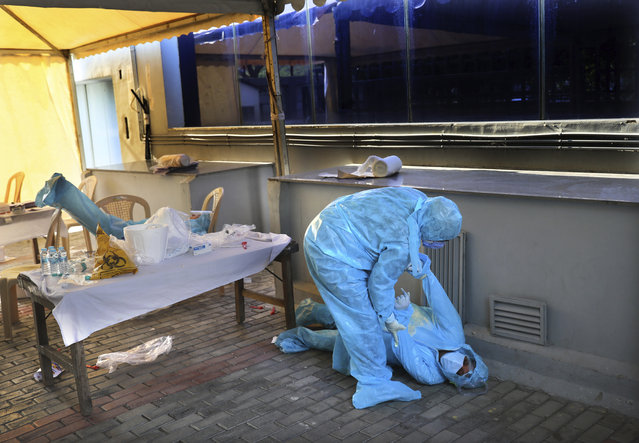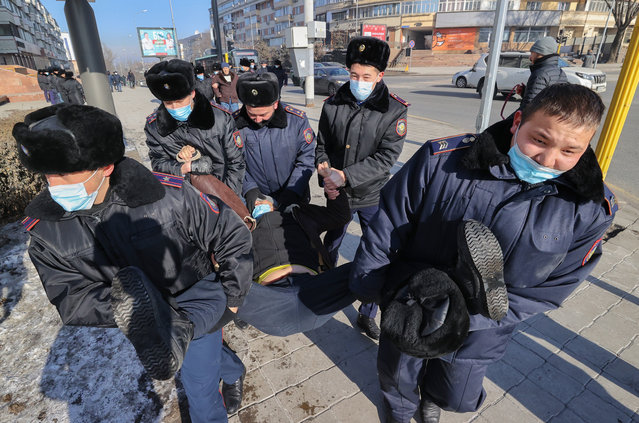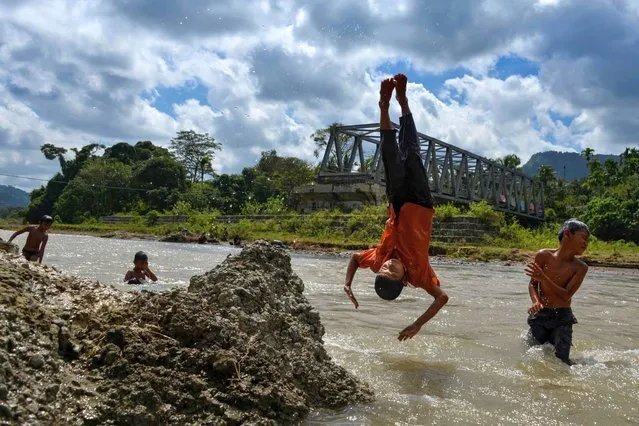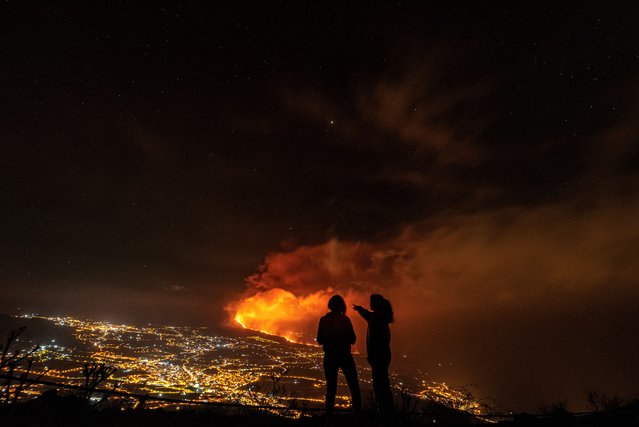
“In 1967, Zhang Yaxin was 34 and working as a photojournalist at China’s state-controlled Xinhua News Agency when he was assigned to a top-secret government project. He was to be the official photographer of a new arts program led by Chairman Mao and his wife – the Model Operas. Though he was not to know it then, Zhang would spend the next seven years documenting the evolution of one of the most dramatic and elaborate attempts to redefine artistic sensibilities in modern art history”. – Chengcheng Jiang via TIME. Photo: Raid on the White Tiger Regiment, 1971. (Photo by Zhang Yaxin/Courtesy See+ Gallery, Beijing)
08 Jul 2013 11:02:00,post received
0 comments

